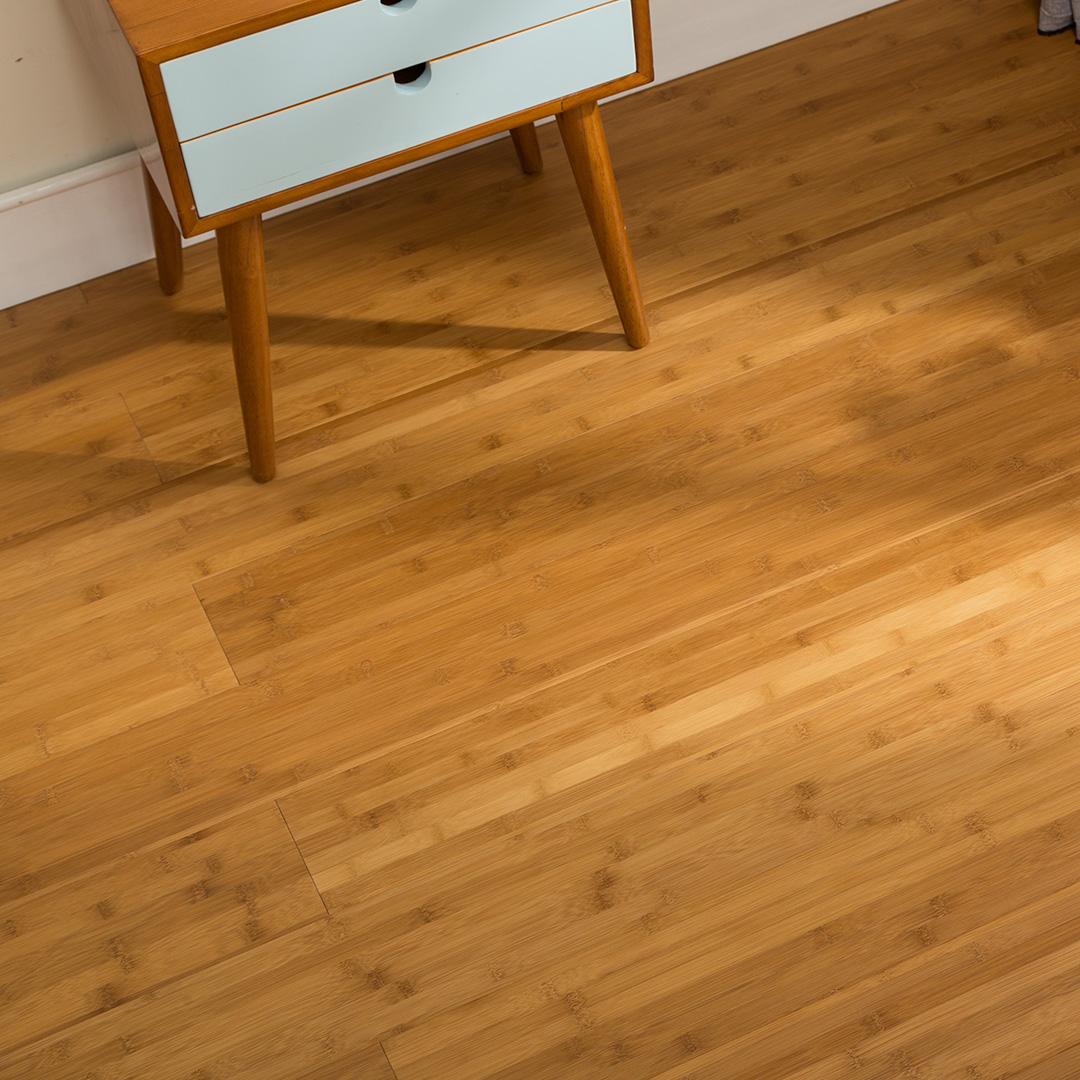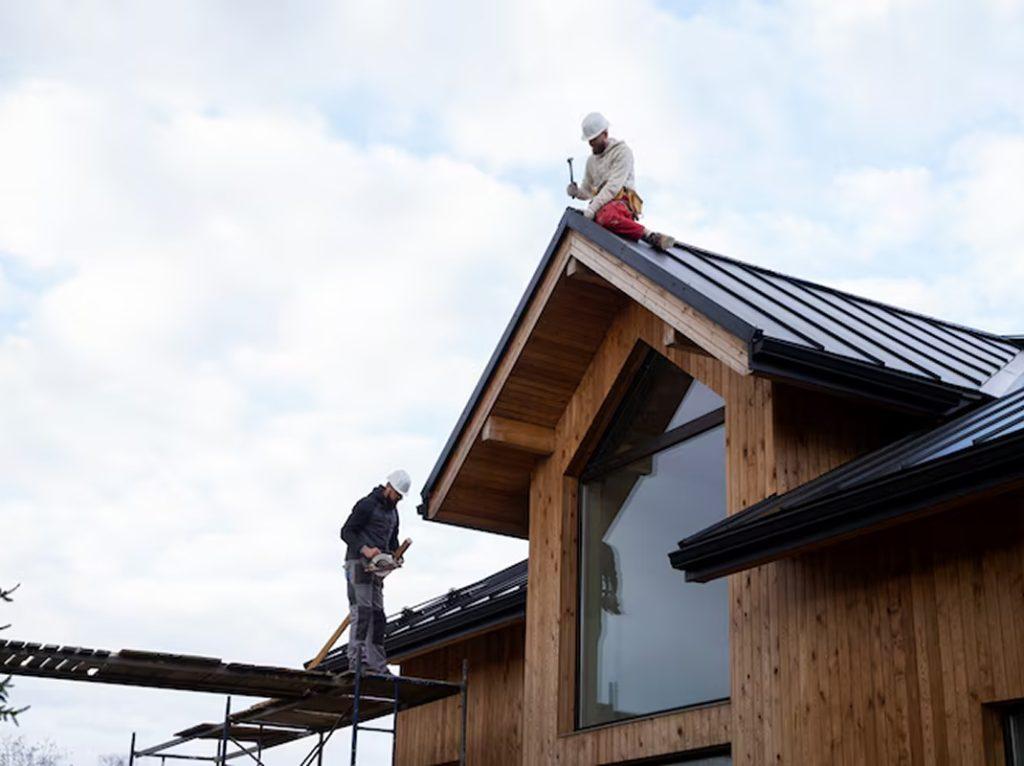The Importance of Zero-VOC Glue in Bamboo Flooring

Bamboo flooring has gained immense popularity in recent years, not only for its aesthetic appeal but also for its environmentally friendly qualities. As a bamboo flooring factory technologist, I’ve seen firsthand how the materials and methods we choose can impact both product quality and the health of our environment. One crucial aspect often overlooked in flooring manufacturing is the type of adhesive used. This blog explores why you should demand zero-VOC (volatile organic compounds) glue in your bamboo flooring, emphasizing the bamboo harvesting process, the flooring manufacturing technique, stringent quality control measures, and the benefits of using eco-friendly adhesives.
Understanding Bamboo Harvesting
Bamboo is one of the most sustainable building materials available. It grows rapidly, reaching maturity in three to five years, and can be harvested without killing the plant. Sustainable harvesting practices ensure that bamboo forests remain healthy and productive. When bamboo is harvested responsibly, it contributes to the ecosystem by absorbing carbon dioxide and releasing oxygen.
After harvesting, the bamboo undergoes a treatment process to protect it from pests and decay. This is where the choice of adhesives becomes critical. Some manufacturers may use traditional glues that release harmful VOCs, which can compromise indoor air quality. Opting for zero-VOC glue supports a healthier environment right from the start.
The Bamboo Flooring Manufacturing Process
The journey from bamboo stalks to beautiful flooring involves several steps. After harvesting, the bamboo is cut into strips, which are then dried and processed. The strips are often laminated or engineered to create a stable and durable flooring product.
During the manufacturing process, adhesives play a significant role in ensuring the integrity and longevity of the flooring. Traditional glues can emit VOCs, which are organic chemicals that can evaporate at room temperature. These compounds can lead to various health issues, including respiratory problems and allergic reactions. Choosing bamboo flooring made with zero-VOC glue significantly reduces these risks.
Quality Control in Bamboo Flooring
Quality control is a vital aspect of bamboo flooring production. Rigorous testing ensures that each batch meets industry standards for durability, stability, and safety. This is where the choice of glue becomes even more significant. Flooring that uses zero-VOC adhesives not only meets safety standards but also enhances overall product quality.
Manufacturers can conduct tests to measure the emission levels of their products. Flooring made with zero-VOC glue often scores better in terms of air quality testing, making it a preferable choice for households, especially those with young children or individuals with sensitivities.
The Role of Glue in Bamboo Flooring
Glue is a critical component in bamboo flooring, determining both its strength and longevity. Conventional adhesives can contain a cocktail of harmful chemicals, which not only compromise health but also the environment. In contrast, zero-VOC glue is formulated to be free from these harmful substances, providing a safer alternative without sacrificing performance.
Zero-VOC adhesives are designed to offer excellent bonding strength while maintaining a low environmental impact. They are often derived from natural sources, making them a more sustainable option. Additionally, these adhesives are less likely to emit unpleasant odors, contributing to a more pleasant indoor atmosphere.
Lacquer and Finish: The Final Touch
After the bamboo flooring is assembled, it goes through a finishing process that often involves lacquering. This layer not only enhances the aesthetic appeal of the flooring but also provides additional protection against scratches and moisture. Similar to glue, the choice of lacquer can greatly affect indoor air quality.
Many conventional finishes contain VOCs that can off-gas long after installation, contributing to poor indoor air quality. By selecting bamboo flooring finished with low-VOC or zero-VOC lacquers, homeowners can minimize the emission of harmful chemicals in their living spaces. This holistic approach to selecting materials ensures that your flooring is not only beautiful but also safe for your family.
Health and Environmental Benefits
Opting for bamboo flooring made with zero-VOC glue and low-VOC finishes has numerous health benefits. Improved indoor air quality can lead to better overall health, reducing the risk of allergies and respiratory issues. This is particularly important for families with young children, elderly members, or individuals with pre-existing health conditions.
Moreover, choosing eco-friendly materials contributes positively to the environment. Bamboo is a renewable resource, and when paired with sustainable manufacturing practices, it becomes a responsible choice for eco-conscious consumers. By demanding zero-VOC glue in your bamboo flooring, you support not only your health but also the health of the planet.
Making the Right Choice
When selecting bamboo flooring, consider the long-term impacts of your choices. Look for products that explicitly state the use of zero-VOC glue and low-VOC finishes. This information is often available on product labels or the manufacturer's website.
In addition to improving indoor air quality, choosing zero-VOC bamboo flooring can enhance the overall value of your home. Environmentally friendly products are increasingly sought after, and homeowners are willing to invest in healthier options for their living spaces.
By prioritizing zero-VOC glue in bamboo flooring, you’re making a conscious decision that benefits your home, your family, and the environment. This simple yet impactful choice can pave the way for a healthier, more sustainable living space that you can enjoy for years to come.






